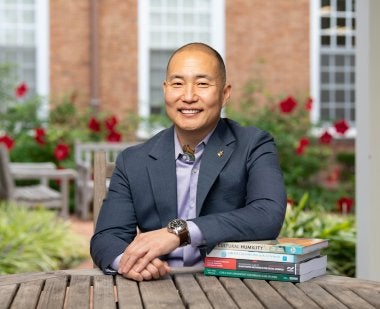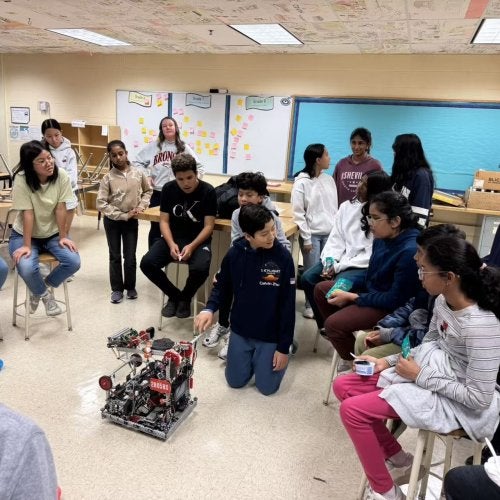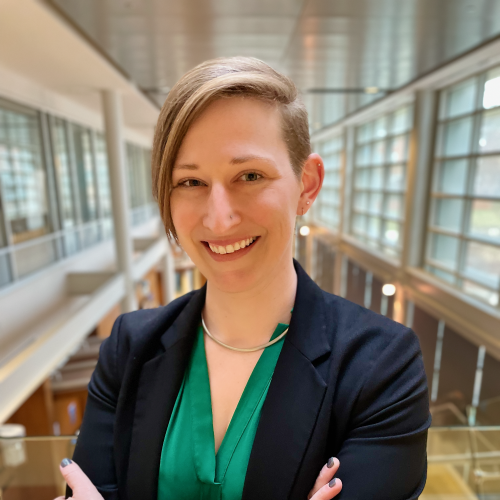
In June, the Human Rights Campaign declared a national state of emergency for lesbian, gay, bisexual, transgender and queer (LGBTQ+) people. The civil rights organization cited an “unprecedented” wave of anti-LGBTQ+ legislation this year, much of it targeting LGBTQ+ youth and school environments.
Richard Shin, associate professor of counseling psychology and director of the school counseling program, identifies as an “aspiring ally” to the LGBTQ+ community. A large part of his research focuses on helping counselors and therapists become more aware of their biases to improve their work with LGBTQ+ students and clients. On National Coming Out Day, Shin shares his thoughts about how national trends are affecting LGBTQ+ youth–and how counselors, teachers and other educators can support them.
How has the recent increase in anti-LGBTQ+ laws affected youth’s mental health?
Most LGBTQ+ youth are thriving and wonderfully living their best lives. That being said, this moment is terrifying for LGBTQ+ folx. Youth, in particular, are in a vulnerable place, learning where they fit in the world. Many queer youth have enough support to cope, but for some, this trend may enhance existing mental health challenges.
What can educators do to create inclusive spaces for LGBTQ+ students?
As impactful as safe spaces like Gender and Sexuality Alliance groups can be, the ultimate goal should be to create an entire school that is a safe space. LGBTQ+ youth are at an increased risk of being bullied, so schools need clear policies to prohibit these behaviors, as well as programs to teach students and staff how to foster inclusive environments for everyone. Having a robust Pride month celebration and making sure students see themselves and their families reflected in the curriculum and school library sends a strong message that LGBTQ+ folx are valued.
What role can schools play in supporting kids that have not come out as LGBTQ+ yet?
When LGBTQ+ lives are affirmed, it creates the perfect environment for young people to explore their identities internally and maybe also in dialogue with others. A school culture where different identities are celebrated is good for everyone.
How can educators be more inclusive in their language and actions?
UMD’s LGBTQ+ Equity Center provides helpful resources on inclusive language and practices. It’s important to stay current with inclusive language associated with sexual orientation and gender, which shifts more frequently than for other marginalized groups.
If you’re in a position of power as a counselor or teacher, you can share your pronouns first and invite students to share theirs if they feel comfortable. I default to “they/them” pronouns until I know a person’s actual pronouns. Using “they/them” was challenging for me at first. It took focus and self-coaching.
What else can educators do to support LGBTQ+ students?
If you don’t identify as LGBTQ+, spend time in LGBTQ+-affirming spaces. If you’ve never been to a Pride event, go! It’s not a magical solution, but stereotypes grow partly through our segregated lives.
At the first Pride parade I participated in, there were protestors along the route. I will never forget the fear I felt. It was important for me as a heterosexual, cisgender-identifying person to feel the fear of the potential abuse and harassment that could come from being identified as LGBTQ+. It fueled my empathy and passion for dismantling anti-LGBTQ+ discrimination.


